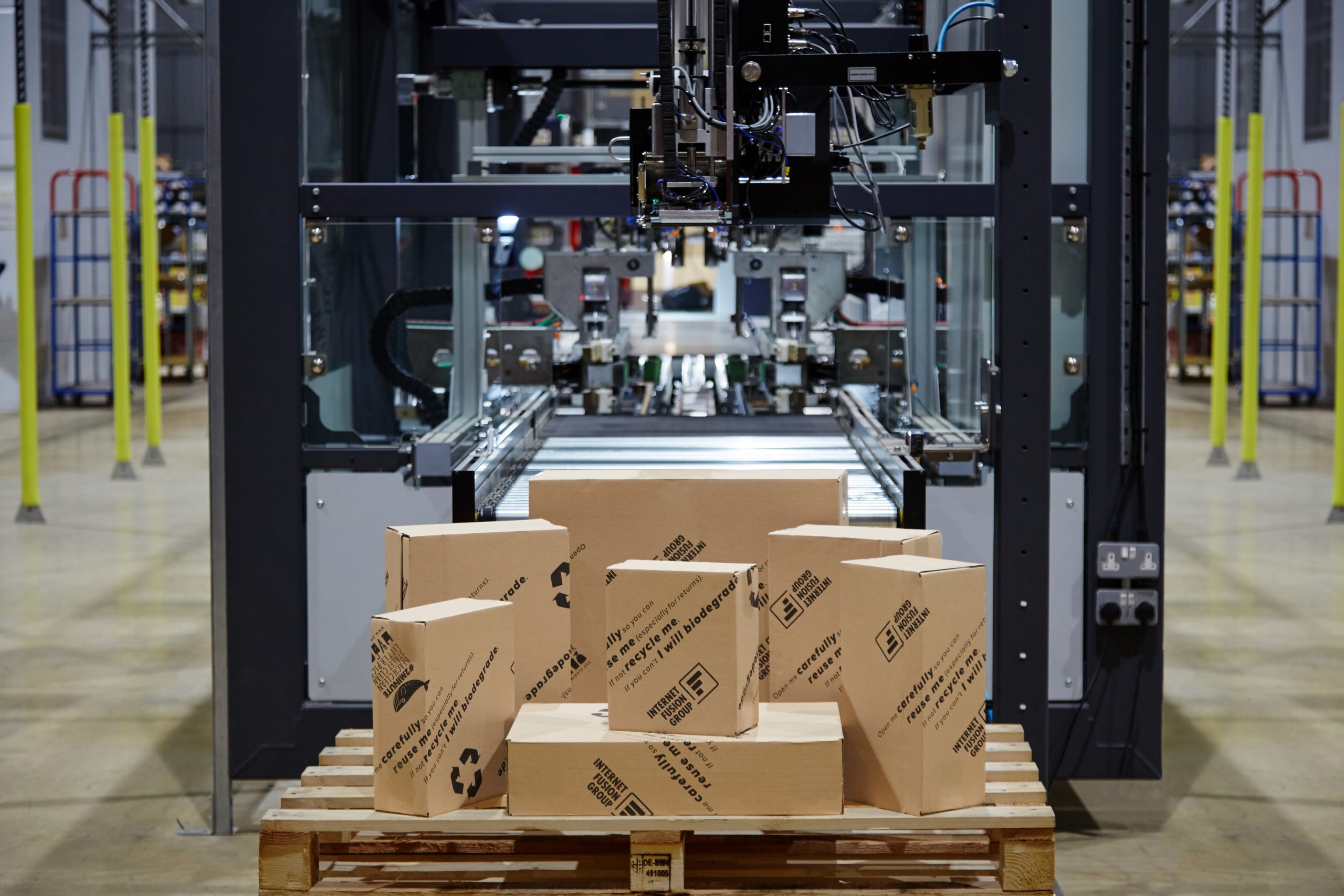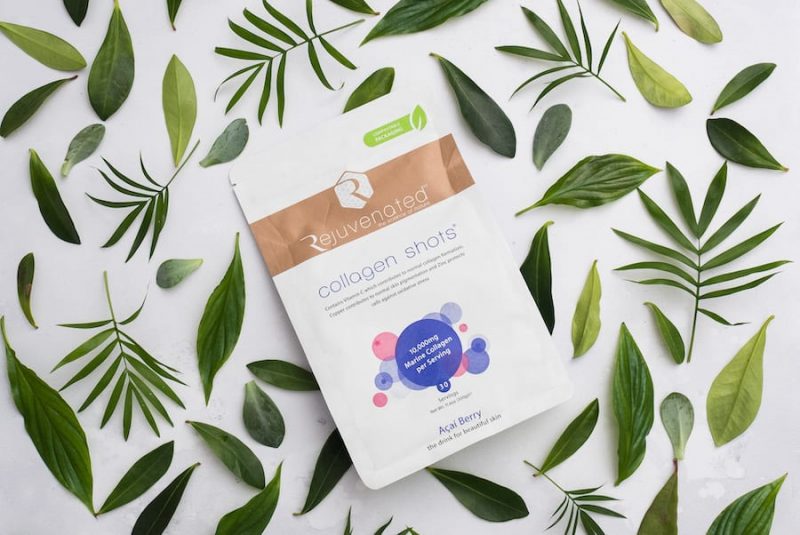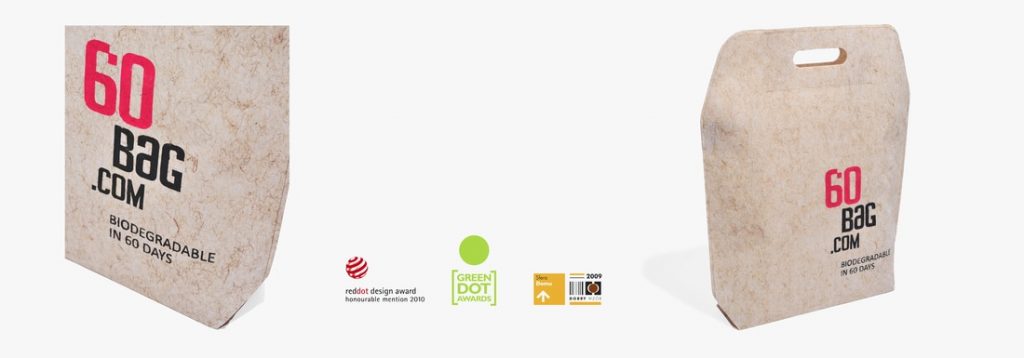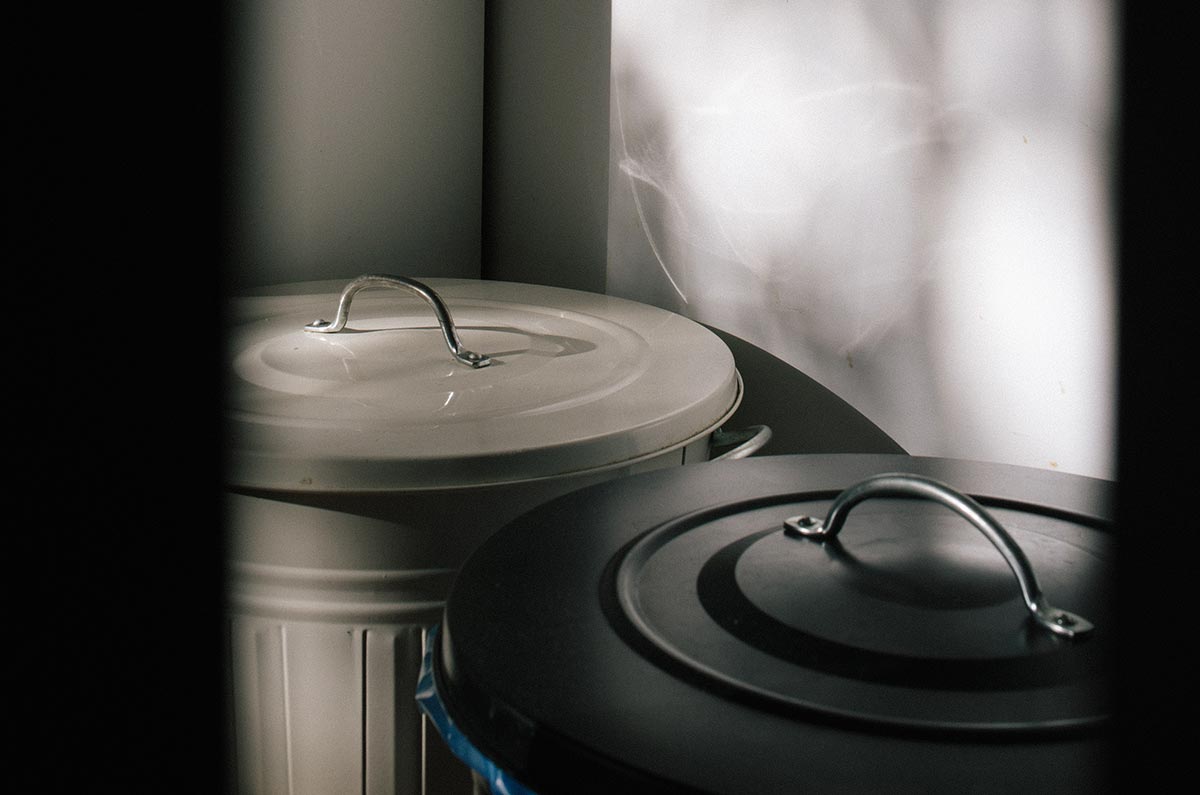Thanks to shows such as David Attenborough’s Blue Planet and activists like Greta Thunberg, the British public has become acutely aware of the damage plastic packaging is doing to our planet.
It’s no surprise, then, that according to a 2018 European Consumer Packaging Perception Survey, 90% of UK shoppers want easily recyclable packaging. 88% also want to know where their packaging comes from.
Unfortunately, plastic packaging isn’t easy to recycle. Businesses produce 80 million tonnes of plastic packaging every year; only 30% is recycled. The type of plastic is critical here. For example, dark coloured plastic is harder to recycle. Recycling plants also reject food packaging that contains too much food waste. In response to public concern over plastic, last year the UK government set a goal of eliminating plastic waste by 2042. To reach this, much more plastic must be recycled.
With countries such as China turning away plastic for recycling, however, these targets may be hard to meet. As a result, we need other solutions to meet environmental objectives and consumer demand, which is why it is so vital for businesses to look at sustainable packaging.
What is sustainable packaging?
Sustainable packaging is packaging that has a reduced environmental impact. Generally, materials are recycled, biodegradable or reusable. Examples include paper and cardboard as well as reusable plastic, or plastic that is biodegradable or made from plant products. In addition, companies can make packaging more sustainable by:
- reducing the number of materials used
- increasing fill-rates
- using monomaterials (rather than laminates).
Using sustainable packaging in a business
It’s no longer enough for a business to pay lip-service to environmental issues. Nor is it to make promises they will make changes in the future. They need to act now, reflecting the values of today’s consumers and government legislation.
One of the main barriers to companies using sustainable packaging in the past has been price. There’s a belief that sustainability is expensive. However, this isn’t always the case. Changes to packaging design and engineering mean implementing sustainable packaging solutions is both possible and affordable.
Remember, just because the packaging says it’s environmentally-friendly, doesn’t mean it is. So, as well as price, when looking to make the change to sustainable packaging, businesses should consider:
- Ingredients: Does the packaging use 100% recycled materials, for example, or come from sustainable sources?
- Production: What production methods are used? What is its carbon footprint, and what steps are in the supply chain? For example, there is much talk at the moment of bio-based plastics (also known as bio-plastics). Made from food crops such as corn and sugar cane, they seem like a good option and a great way to reduce the use of traditional plastic. However, some reports are now suggesting that their impact on the human food chain could be significant, leading to price increases or food shortages.
- Recyclability: Can the packaging be recycled easily? Do local authorities accept it. Or, will customers have to source a specialist recycling centre (as they do not for products such as toothpaste tubes)?
- Reusability: How many times can packaging be reused? This links into the circular economy, which is growing in popularity.
Where a business isn’t sure if the packaging is sustainable, they must ask questions and do their research, looking to organisations such as the Sustainable Packaging Coalition or Forest Stewardship Council for guidance if needed.
What is the circular economy?
One of the major areas of discussion when it comes to sustainable packaging is the circular economy, a term that describes returning packaging for reuse for its original purpose. Examples of this might be refillable packaging, which has been trialled by companies such as Unilever, and means the packaging is used multiple times. Another example is seen in the rise of zero waste or zero packaging stores, which ask customers to bring their own containers.
This isn’t a new idea (milk was once delivered by a milkman, for example, and bottles returned). Instead, it is one coming back into favour. It has been successful with beauty products, personal care, and dried food goods. As the idea gains traction, businesses should think about how to use the circular economy for secondary packaging. This is packaging used to pack and move goods before they hit the shelves.
Packaging design
As big-name brands become more focused on sustainable packaging, consumers are seeing lots of different designs enter the market. Some of these are incredibly creative. H&M, for example, has created a bag that converts into a clothes hanger, making the bag reusable and removing the need for a plastic hanger. Plus, the bag contains 80% recycled materials, somethings shoppers want to see.
In creating a convertible bag, H&M are appealing to their target shopper, younger people aged 18 to 35. The 2018 European Consumer Packaging Perception Survey found over 50% of shoppers in this age group considered packaging when making a buying decision. With their bag, H&M is hoping to build brand loyalty as well as reduce their impact on the environment.
When a business is considering what type of sustainable packaging they want to use, they should think about their audience as well as the product being packaged. For example, Biotka produces soy candles. Their customers are looking for natural products that don’t harm the environment. Biotka has reflected this by making their packaging from recycled material and using a minimalist design.
And, as with H&M, businesses should think creatively, giving their customers something more than the product they’re buying. For example, Monday’s Child sells children’s clothing. Customers can reuse their clothing boxes as they convert into dolls houses. UAU is another company who use their packaging creatively. UAU produce 3D art. Their delivery boxes are designed to be used as display stands.
Making a move to sustainable packaging
When a business moves to sustainable packaging, it can be tempting to do so all at once. This isn’t always the answer, however, as it can be disruptive. Businesses must remember to:
- Make the change gradually, especially if a business has a lot of different products.
Start with a single line, make the changes and look at how well these work. Then move onto the next line.
- Use all existing packaging first.
It’s been paid for and to not use it costs money.
It’s much better to do both at once rather than one at a time, which can be more costly and time-consuming.
- Do research, ask questions, and order samples.
This way, a business will know what they are buying and how likely it is to work for their product line. Business could also do a test run of packaging too, sending it out to some customers and asking for feedback before making a final decision.
- Look at how the new packaging impacts the bottom line.
This may lead to increased costs, which could be passed on to the consumer. A business must understand if their customers will be willing to pay for any increase.
- Let customers know how sustainable their packaging is.
Consumers are a key driver for businesses to use sustainable packaging, so don’t be afraid to let them know what’s been done. At the same time, customers may become more aware of a product’s environmental credentials if it comes in sustainable packaging. It is worth, therefore, looking at the products themselves and see how green they are and whether they can be made any more eco-friendly.
Finally, speak to experts in packaging design and development. They can help businesses understand what types of sustainable packaging will work for them. They can develop prototypes and samples and act as a sounding board for a company’s more creative ideas.
The future of packaging
With the shift in consumer focus to more environmentally friendly products and the move by governments around the world to reduce the amount of single-use plastic that ends up as waste, companies can’t afford to not invest in sustainable packaging.
With innovations in packaging design and engineering, this is now more affordable than ever. Which means businesses don’t have any excuse for not making the change. That said, they need to make that change carefully. They need to understand their audience and what they want to see in packaging. And they need to understand the best solutions out there for their business and the products they want to package and ship.
Thinking outside the box could be essential here, which means talking to industry experts to make sure the sustainable packaging a business buys meets their needs. This will also allow them to understand new development in packaging, meaning they can stay ahead of their competition when it comes to sustainability. This, in turn, can lead to increased loyalty from existing customers. In addition, it opens up a potential new customer base of consumers who want to reduce their environmental impact act much as possible.



















